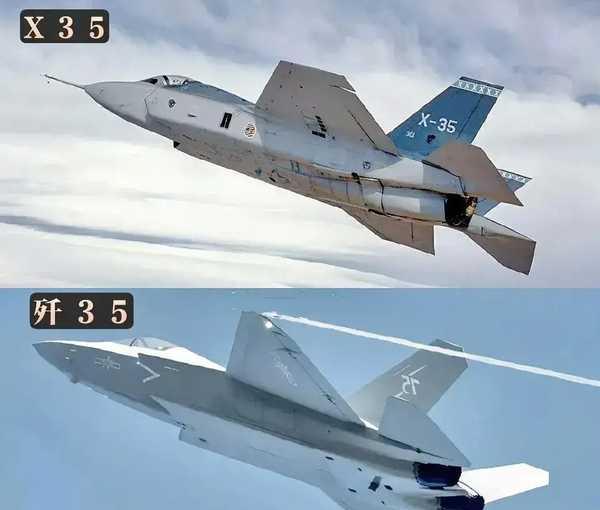The Engineering Compromises Behind F-35's Uneven Belly
The F-35’s distinctive uneven belly design reflects complex engineering trade-offs to accommodate multiple mission requirements, including internal weapons bays, sensor systems, and aerodynamic considerations, unlike its predecessor F-22.

The F-35 Lightning II’s distinctive belly contours have sparked much discussion in aviation circles. While this feature may seem like an aesthetic compromise, it actually represents sophisticated engineering solutions to multiple technical challenges.
The aircraft’s belly contains three main protrusions, each serving a critical purpose. The central bulge houses the AN/AAQ-37 Distributed Aperture System (DAS), providing the F-35 with 360-degree situational awareness. Two additional bulges accommodate the internal weapons bays, capable of carrying multiple AIM-120 air-to-air missiles and 2000-pound class weapons like JDAMs, JSMs, and JSOWs.
These design decisions stem from the F-35’s role as a multi-role combat aircraft. Unlike the F-22 Raptor, which was primarily designed as an air superiority fighter, the F-35 needed to excel in both air-to-air and air-to-ground missions. This requirement led to larger internal weapons bays, as the aircraft had to carry heavier ordnance while maintaining stealth characteristics.
The engineering challenge becomes more apparent when considering the F-35’s relatively compact dimensions. With a length of 15.7 meters and a wingspan of 10.7 meters, fitting such substantial payload capacity required creative solutions. For comparison, the F-15, which is significantly larger, carries a similar fuel load but lacks the internal weapons capacity of the F-35.
The aircraft’s design also incorporates sophisticated aerodynamic principles. The contoured belly actually helps reduce transonic drag through the application of the area rule principle. This aerodynamic concept, first developed by Soviet physicist Ufimtsev, ensures smoother airflow around the aircraft at high speeds.
Modern computational capabilities have allowed engineers to optimize these protrusions to minimize their impact on the aircraft’s radar cross-section. While early stealth aircraft like the F-117 relied on faceted surfaces due to limited computing power, the F-35’s curves represent a more nuanced approach to radar signature management.
The design represents a series of carefully calculated compromises. The integration of the large F135 engine, coupled with requirements for vertical takeoff and landing capability in some variants, further complicated the aircraft’s configuration. These factors, combined with the need to accommodate advanced sensor systems and maintain stealth characteristics, resulted in the distinctive belly profile that characterizes the F-35 today.
This complex integration of multiple requirements into a single airframe exemplifies the challenges of modern military aircraft design. The F-35’s uneven belly stands as a testament to engineering ingenuity in balancing competing demands of stealth, payload capacity, and aerodynamic performance.